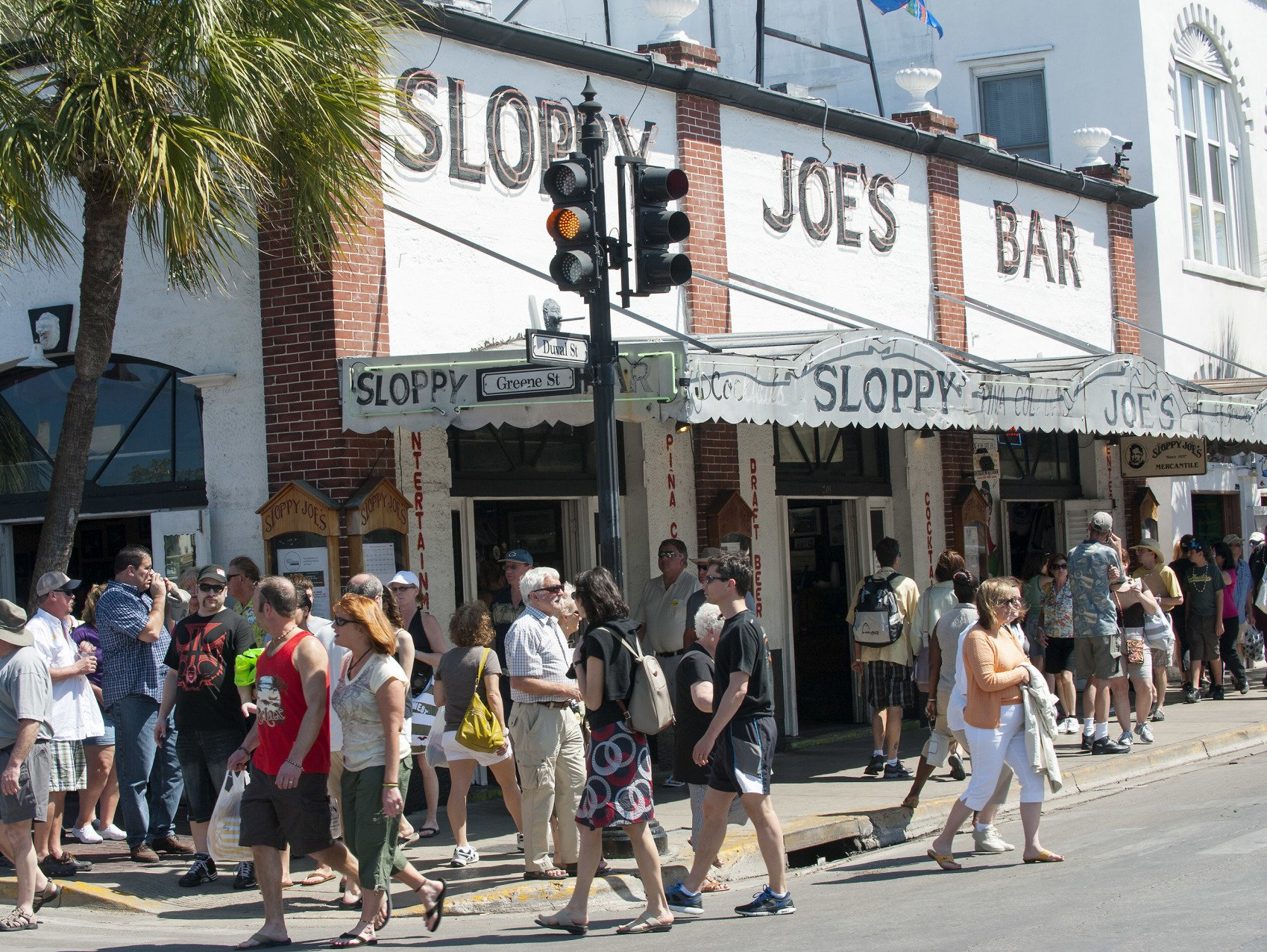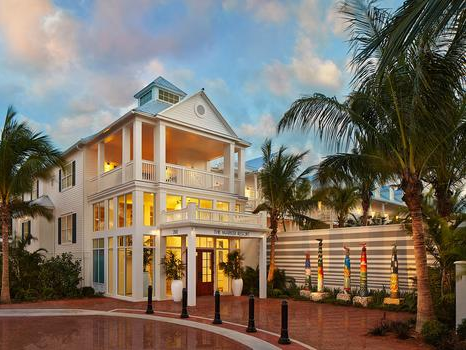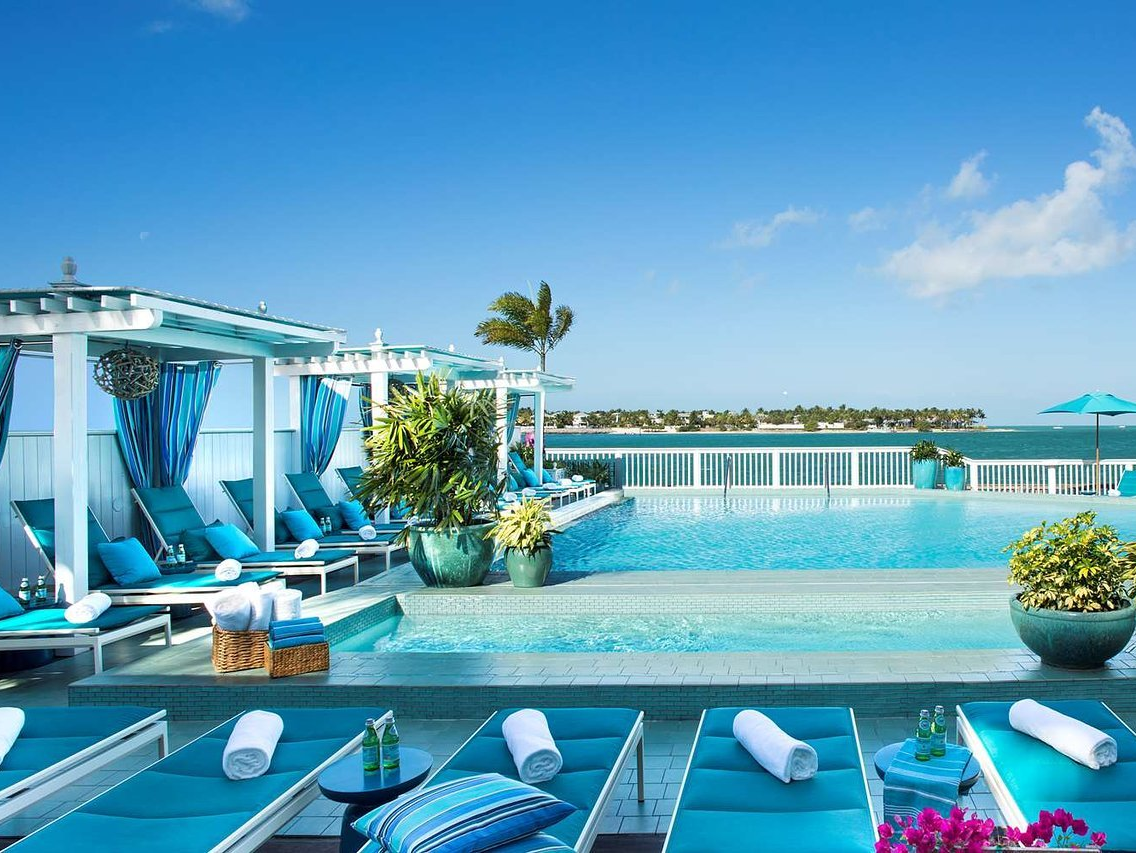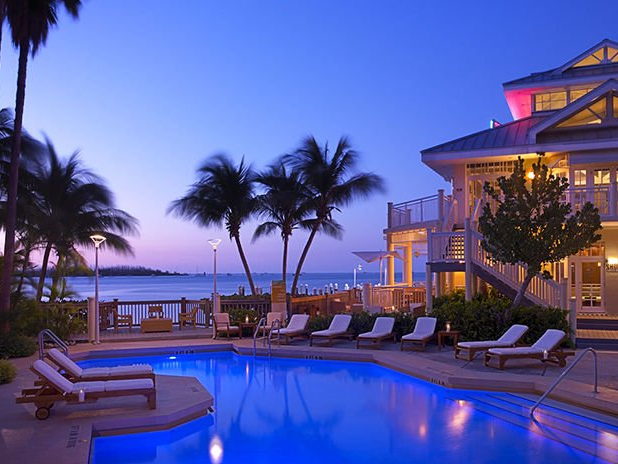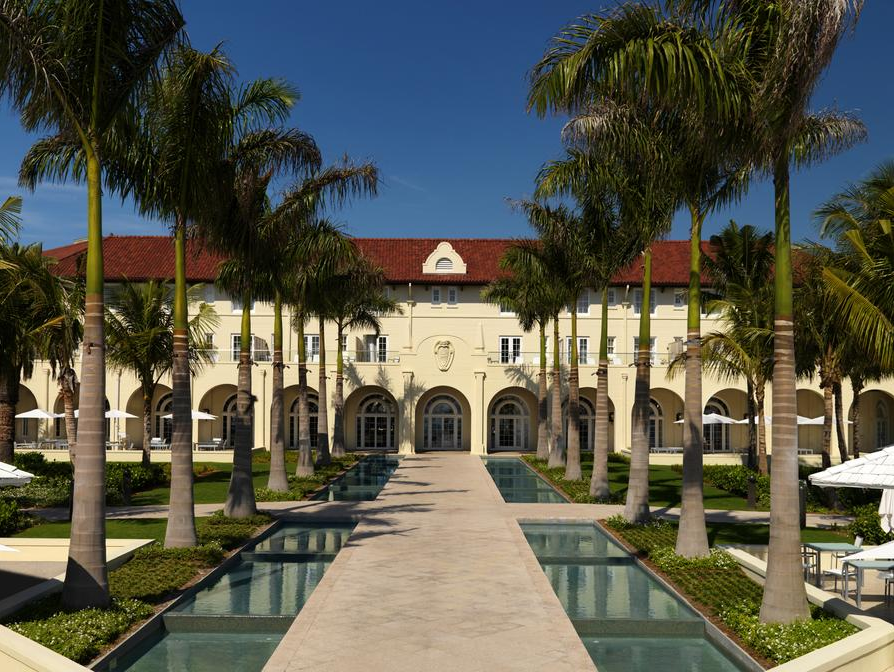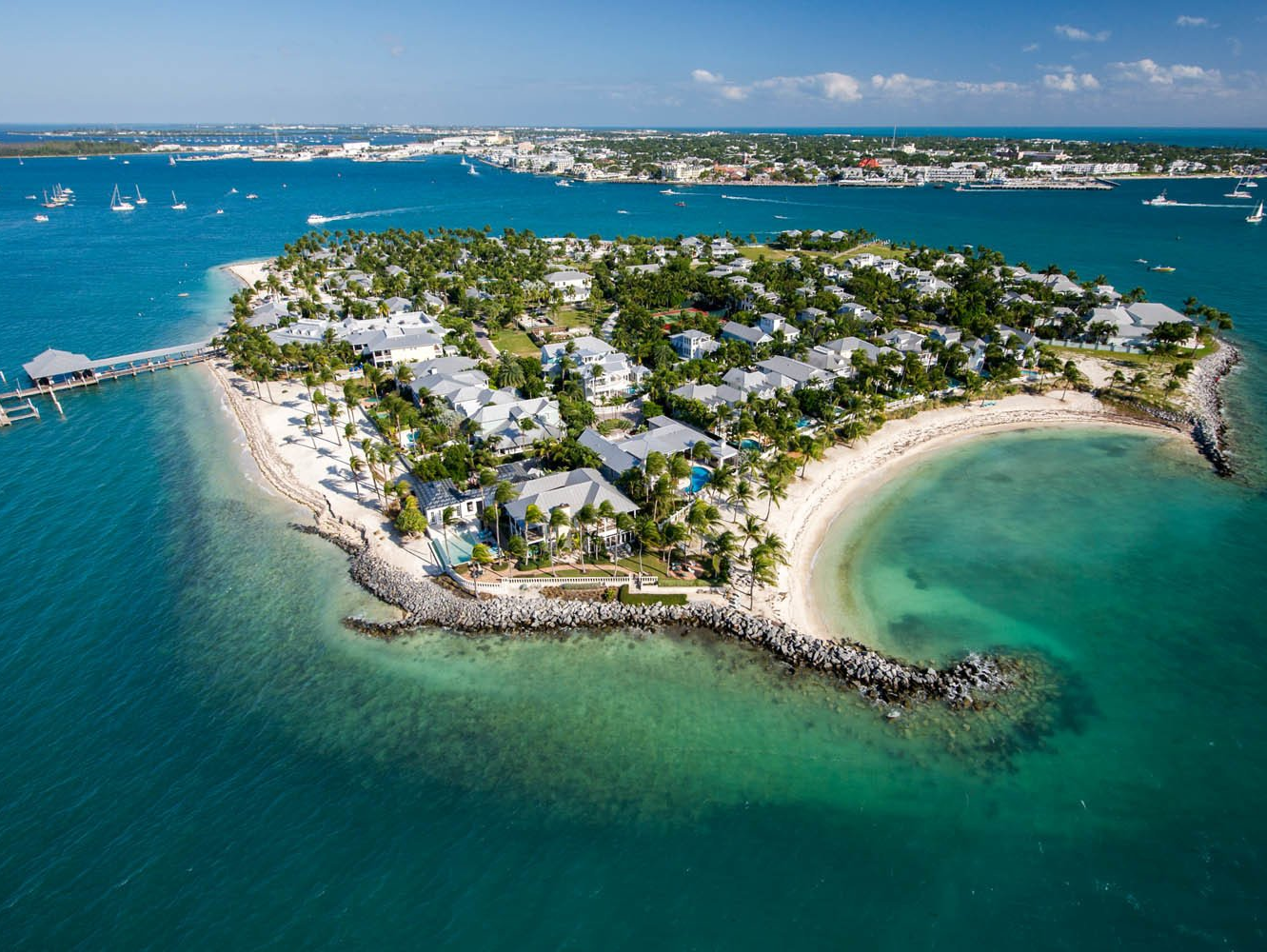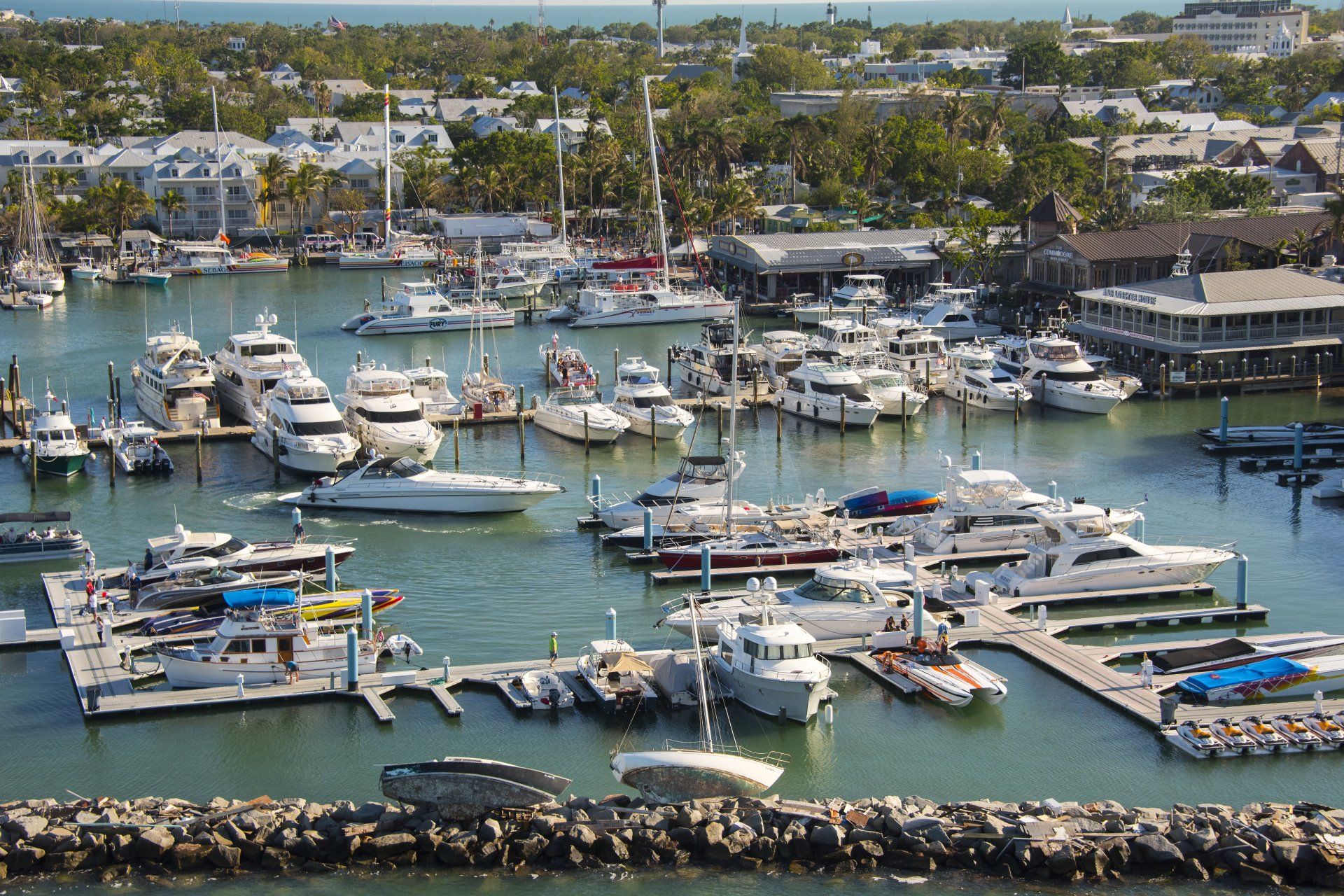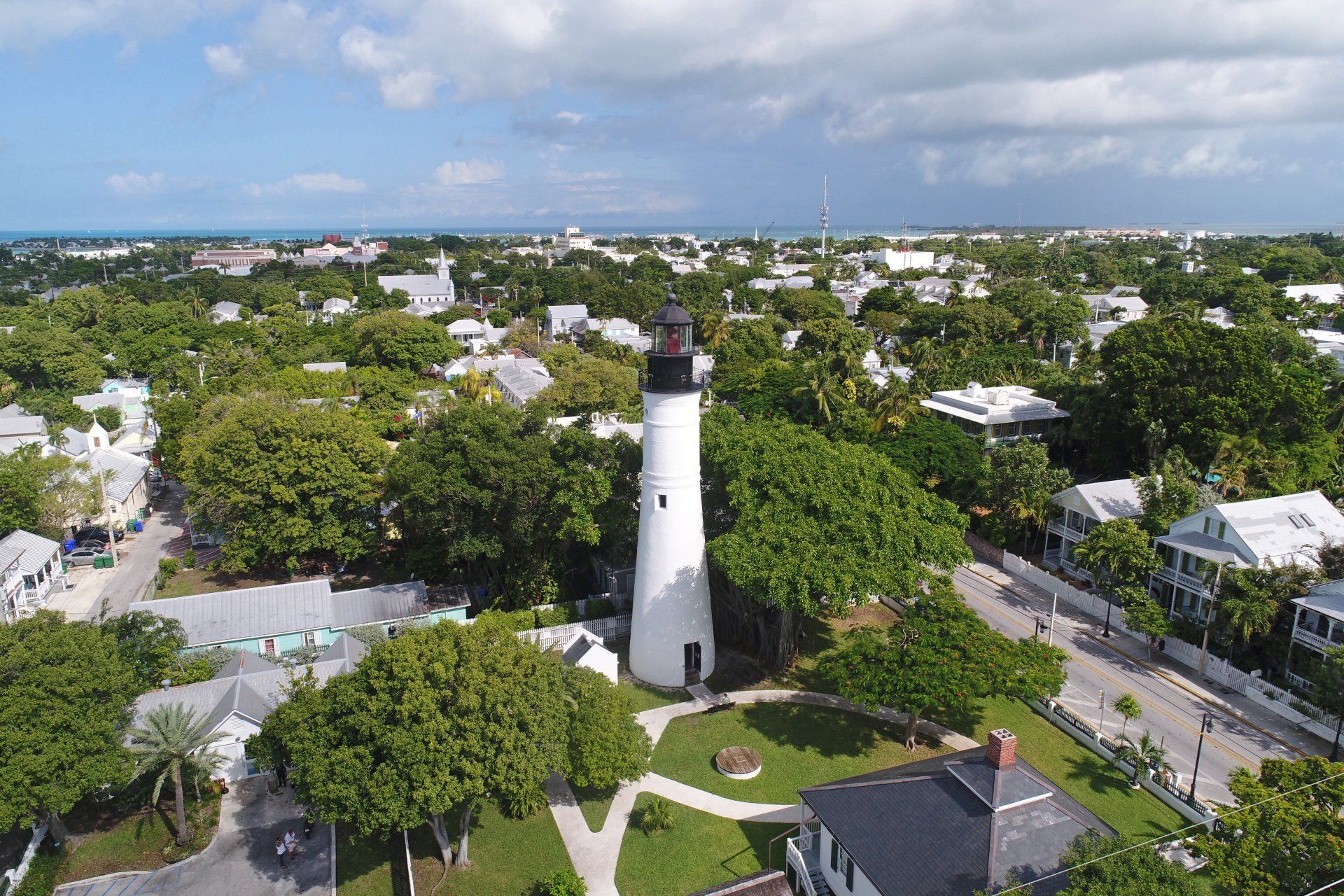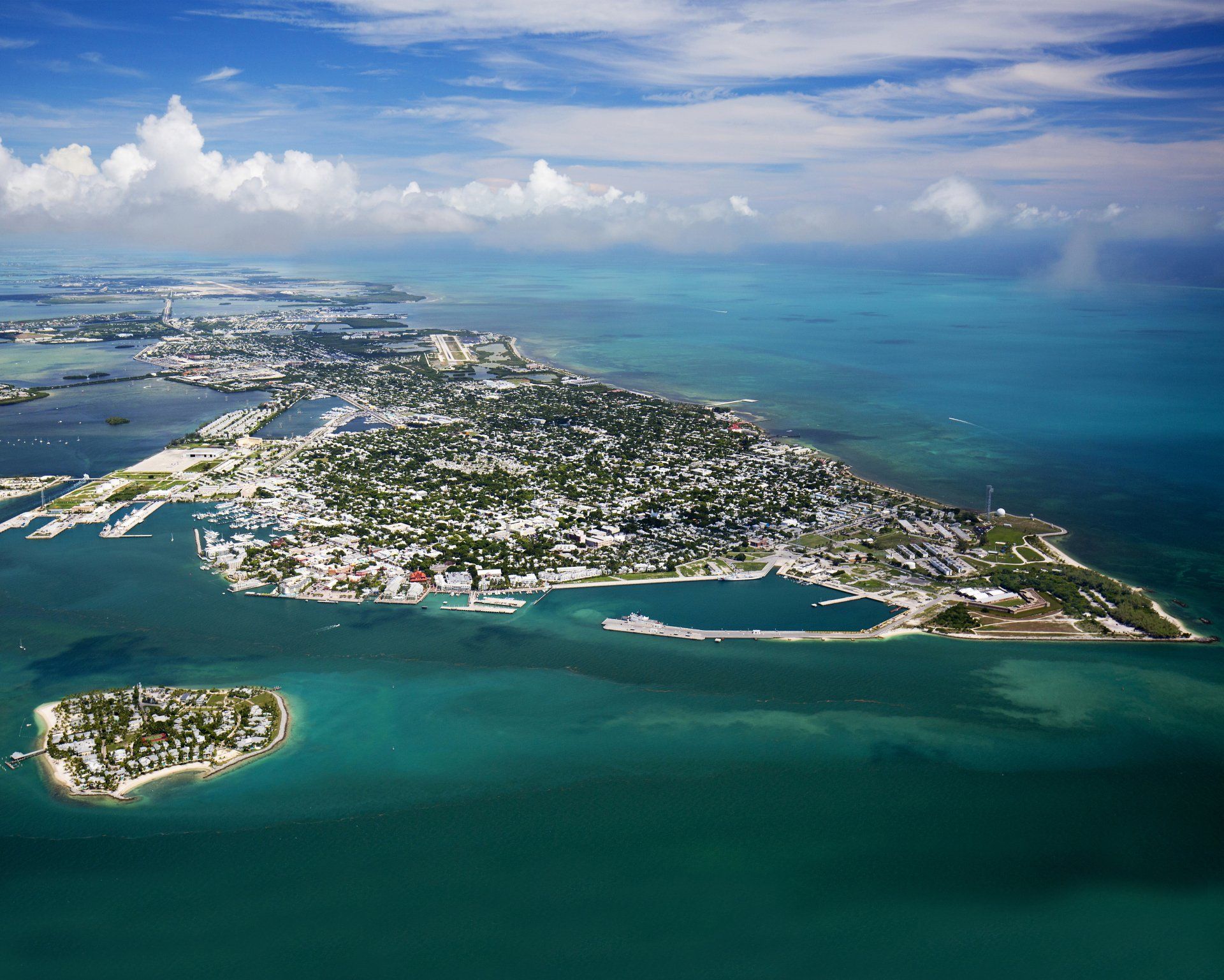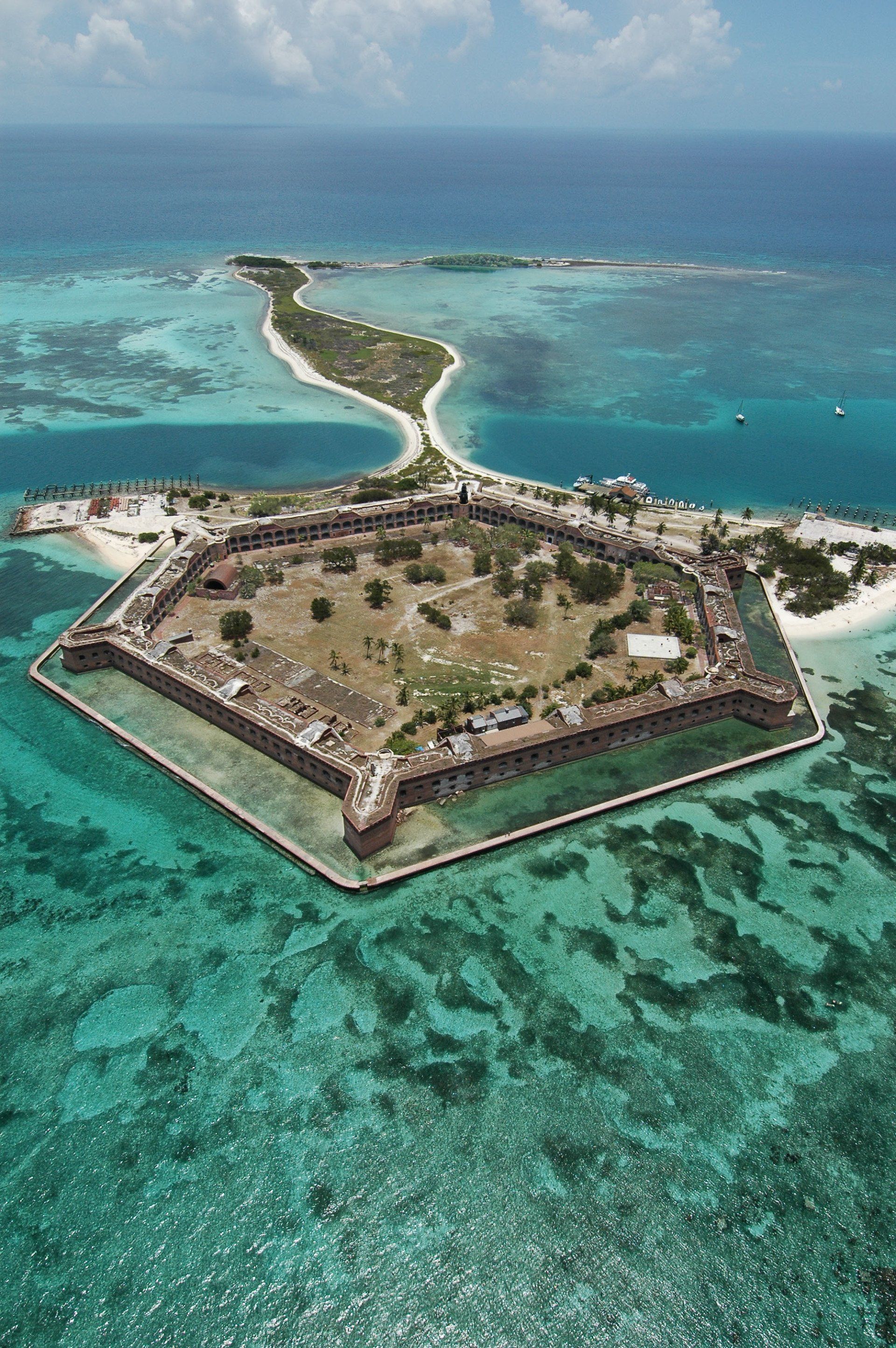Located closer to Cuba than to Miami, Key West is Florida’s irreverent southernmost subtropical paradise, a unique confluence of history, climate, natural beauty, cultural diversity, architecture and unabashed romantic appeal.
Palm-lined streets with gingerbread mansions and tin-roofed conch houses were home to Ernest Hemingway, Tennessee Williams, Elizabeth Bishop, Robert Frost and Jimmy Buffett, a few of the famous people who discovered solace and inspiration in the island city whose Bahamian and Cuban heritage in large part was inspired by Bahamian wreckers, commercial fishermen, spongers and Cuban cigar makers.
In Key West, you can visit a host of historic attractions by convenient public transportation, taxis, pedi-cabs, tour trains, trolleys, bicycles or even your own two feet.
Island Specialties
Gaze at centuries-old treasure of Spanish galleon Nuestra Señora de Atocha. Discover modern art treasures by Key West’s artists among dozens of galleries.
Residents and visitors to the island actively participate in sightseeing, diving, fishing, watersports, golf and shopping by day, and then become part of the sunset celebration held each evening at Mallory Square, when tightrope walkers, jugglers and animal acts perform before the fiery sun settling into the Gulf of Mexico.
At night, streets filled with sidewalk cafes, open-air bars, legendary pubs and world-class restaurants with island specialties come alive. Drama, musicals and comedy flourish on local stages.
Things to do in Key West
Community & Cultural Heritage
ONE HUMAN FAMILY is the official philosophy of the modern island community of Key West and the Florida Keys; a simple warm-hearted motto that is a shining example of a vibrant gay and lesbian community, and one that is openly shared with global neighbors.
African cultural heritage is celebrated in the historic churches, indigenous food and annual festivals held in the Bahama Village neighborhood, founded in the early 1800s by Africans migrating from the Bahamas, and frequented by Ernest Hemingway during the 1930s to watch boxing matches. Significant cultural sites include an 1860 African Burial Ground, located on the island’s Atlantic Ocean shore beside a Civil War-era fort, believed by experts to be America’s only African refugee cemetery.
The island’s Historic Seaport district is a popular place to arrange a day on the water, whether you are a diver, snorkeller, fisherman or eco-tourist. Others come just to dine or stroll along the harbor that dozens of shrimp boats once called home.
In this city of fascinating contrasts, you could easily find yourself wanting to let go of mainland hassles permanently — and many have done so. Visit Key West, and you’ll see why.







